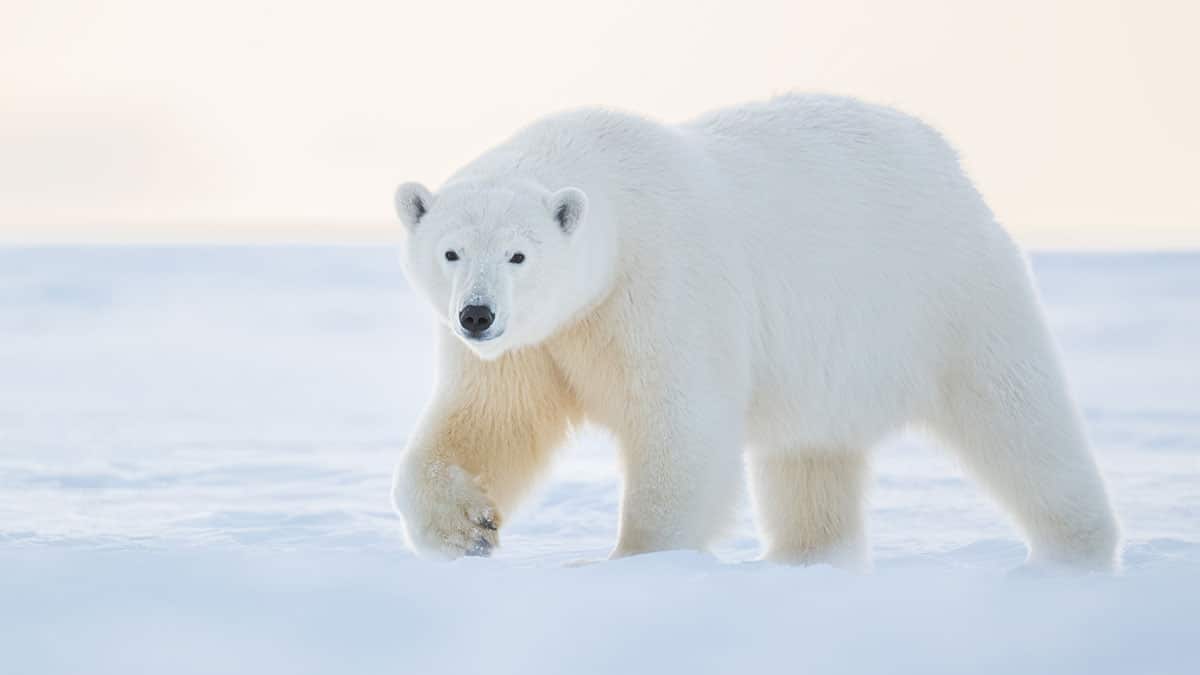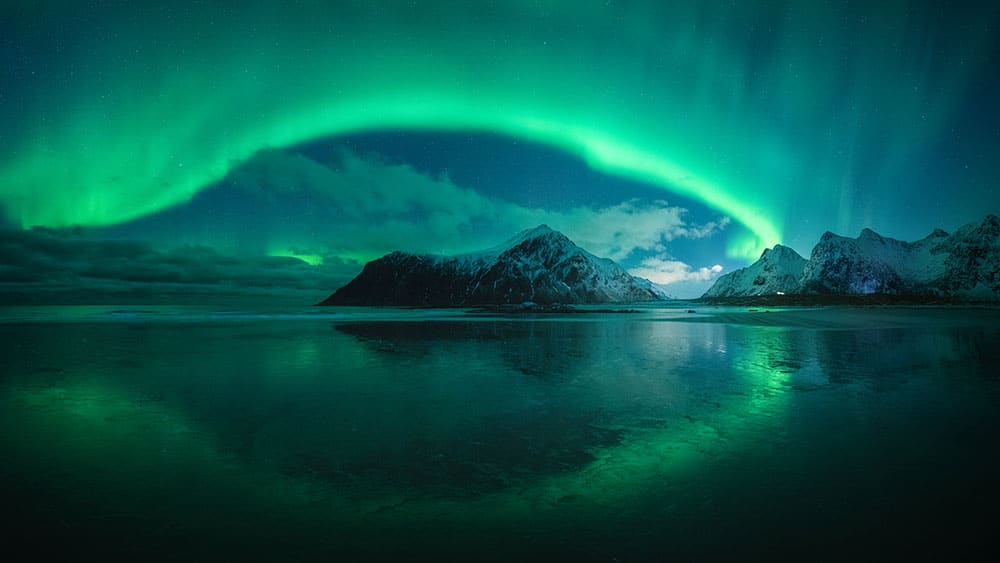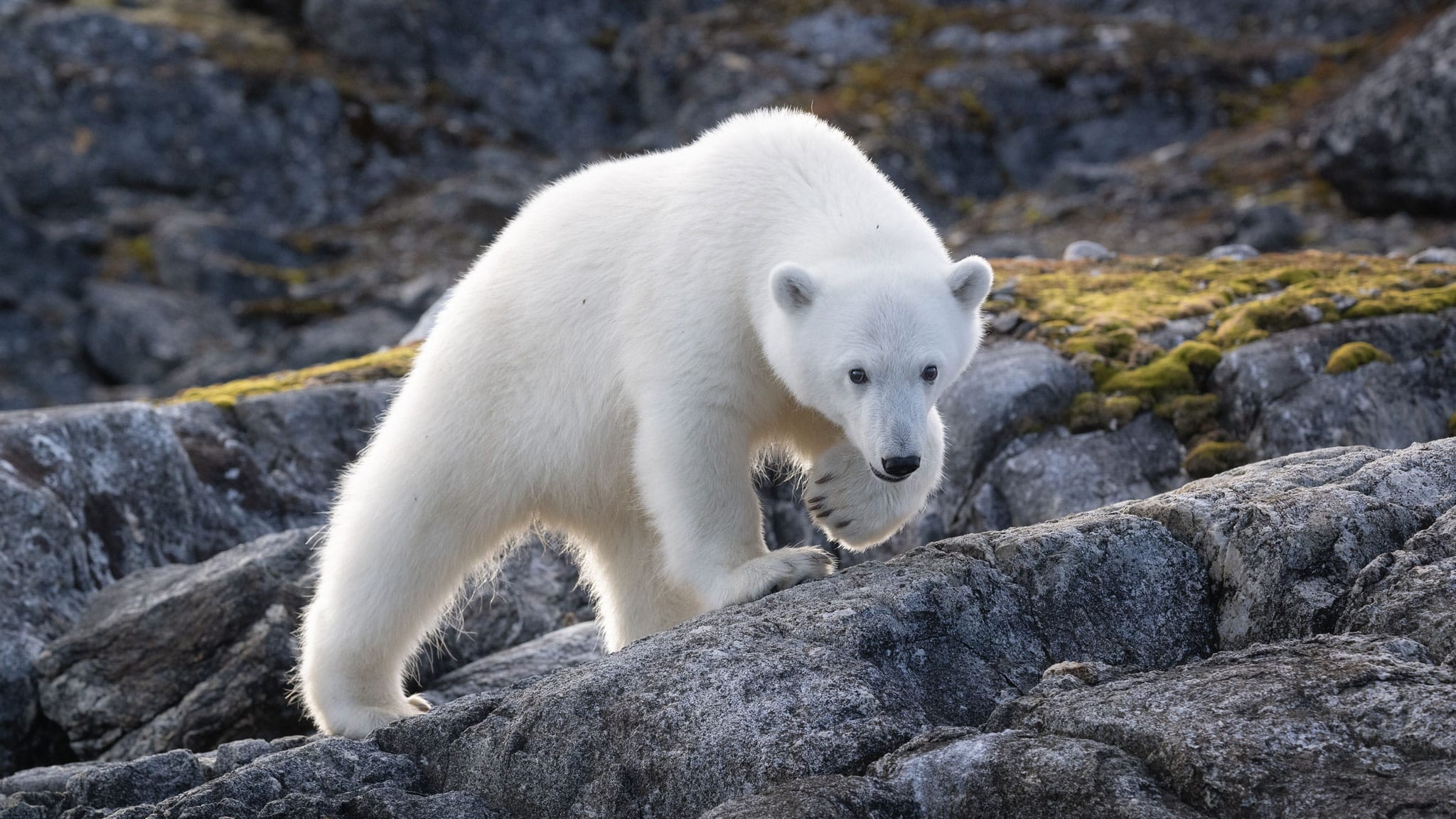
Camera settings in wildlife photography
Wildlife photography requires patience. Sometimes it can take a long time to find an animal on safari. But when the animal is standing in front of you, it often moves all the faster. Animals move unpredictably and at lightning speed and are gone just as quickly as they came. Did you have your camera ready? If not, you missed the chance to take a picture. That’s why every second counts in wildlife photography. For best photo results in wildlife photography, it’s important to be prepared for these unique moments and to know exactly which camera settings lead to which result.
In this blog article we will show you which camera settings are useful in wildlife photography. This way you will be ready to take unique photos of wildlife with your camera.
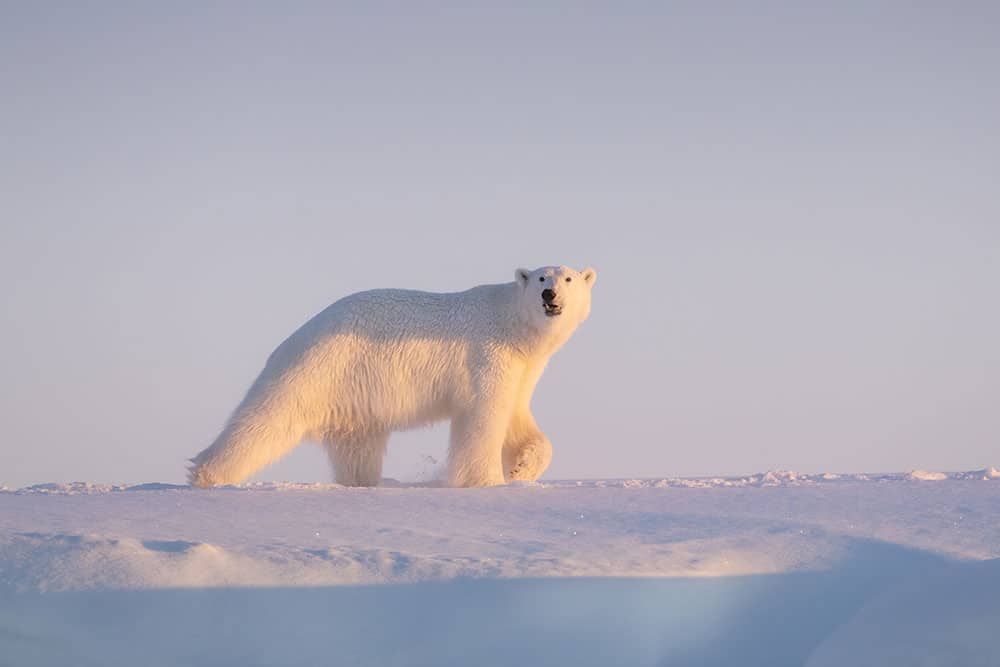
Polar bear in Svalbard in Arctic spring shortly before midnight
Nikon Z9, Nikkor Z 100-400mm, f/8, 1/600s, ISO 1000
Wildlife photography equipment
Before we get into the settings on your camera, we’d like to briefly address what equipment is appropriate for wildlife photography. This is not a specification, but simply a recommendation. First and foremost, photography should be fun. For the photo safari we recommend 2 to 3 lenses that cover the range between about 20 – 400mm.
With this, you are well equipped to take animal portraits and to photograph animals in the landscape:
- Tele zoom lens with at least 300mm focal length, better 400mm focal length
- Medium telephoto lens, for example 70-200mm focal length
- Standard lens, for example 24-70mm
- It is also important that you have enough memory cards with you that are powerful and fast. Depending on the camera model – respectively depending on the file size of the image data – at least 300MB/s are recommended. On a safari you will quickly take more photos than expected.
- In the safari vehicle a bean bag helps against blurring of the pictures on the game drive.
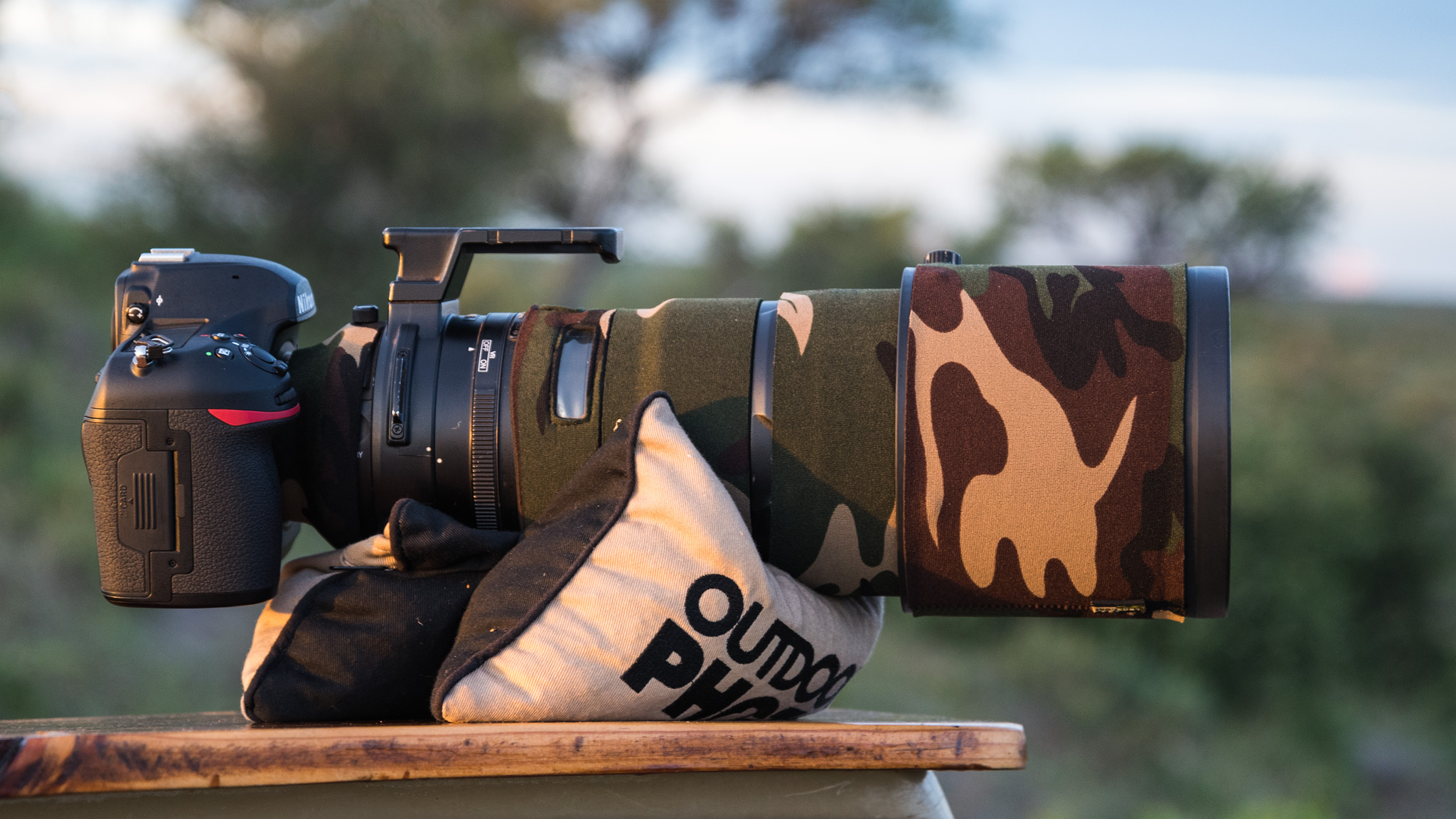
Important
On a photo safari, things often happen very quickly and a spectacular wildlife sighting often takes place within a few seconds. Therefore, it is especially important that you know your camera equipment inside out and can react quickly. You need to know about these points:
- What is the minimum shutter speed you can use with your camera and subject combination to create sharp images?
- Where do I set shutter speed, aperture, and ISO?
- Where do I quickly switch between focus modes or focus points?
- Where can I quickly switch between multi-field / spot metering?
- How high can I go with the ISO on my camera without having large losses or too much noise in the image?

Lioness hunting in Hwange National Park, Zimbabwe
Nikon Z9, Nikkor Z 180-400mm, 1/1600s, f/7.1, ISO 1000
Tip: Get to know your equipment
A safari is a unique experience for many people. Of course, the photos of your trip should therefore also be perfect.
If you do not have much practice in wildlife photography, it’s worth getting familiar with your photo equipment and possible animal motifs in a nearby zoo or animal park. Here you can try out the most important settings on your camera and practice the settings for wildlife photography.
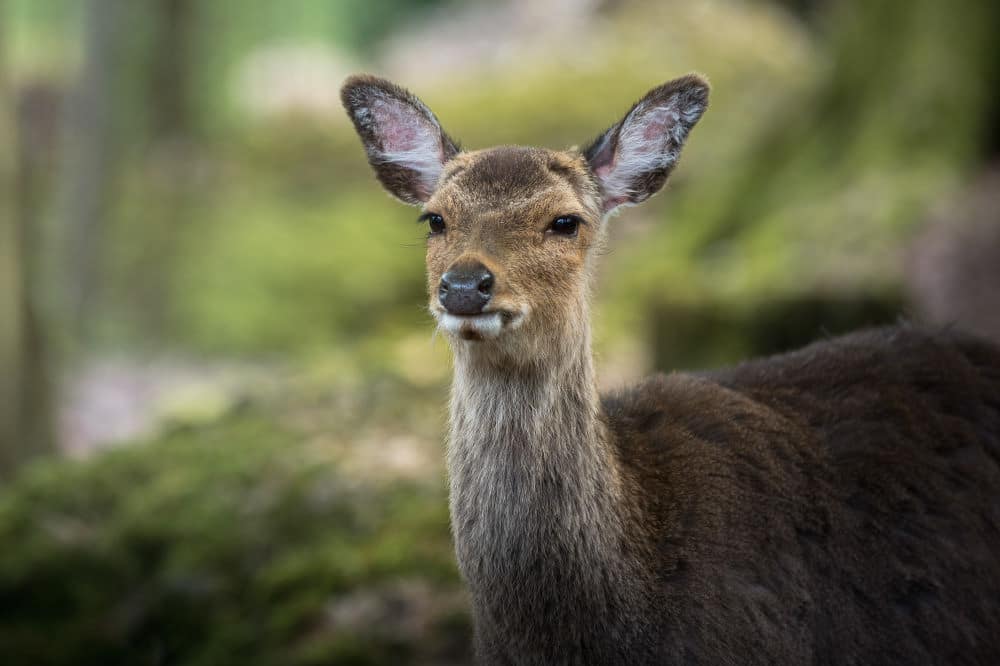
Goldau Animal Park

Goldau Animal Park
The right camera mode in wildlife photography
We recommend that you shoot in manual mode “M”. This gives you direct control over aperture and shutter speed at all times. These are the two most important elements for shaping the image.
Since things often happen quickly and you don’t have time to make many adjustments, in wildlife photography we often use Auto-ISO (with a barrier towards the top to avoid noisy images).
An alternative to this is Aperture priority “A” (AV on Canon).
The shutter speed in wildlife photography
Shutter speed is especially important in wildlife photography, and you must always keep it in mind. The right choice of shutter speed depends on whether and how fast, the animal is moving and what kind of focal length you are using.
As a rule of thumb, the longer the focal length of the lens, the shorter the shutter speed needs to be to get sharp images. As a rule, the shutter speed should be 1/100 of a second faster than the focal length of the lens.
Thanks to image stabilizers, it is possible to shoot one or two f-stops higher with modern cameras and lenses.
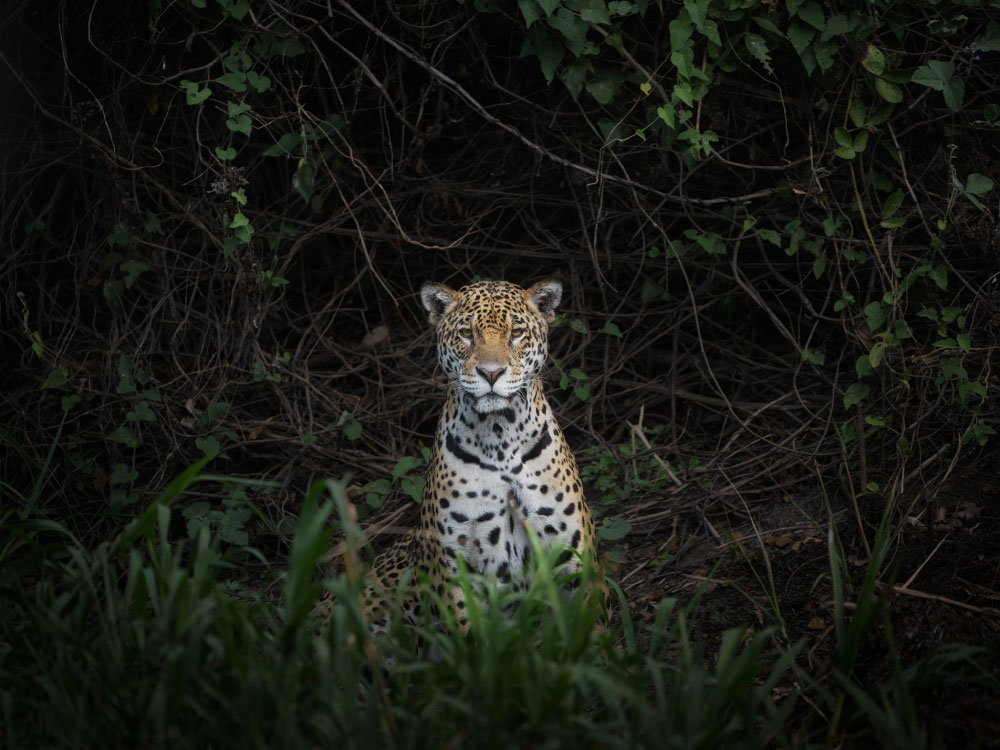
Jaguar in Pantanal, Brazil – photographed from a moving boat
Nikon Z9, Nikkor 180-400mm, f/4, 1/1600s, ISO 400
The aperture in wildlife photography
You set the aperture according to the desired image idea. The depth of field that is created with the aperture opening allows you to shape the image in a targeted manner.
An open aperture (for example, f/4 or f/5.6) creates great animal portraits. The focus is on the animal because the background is out of focus. If you are photographing animals embedded in the landscape, choose a closed aperture such as f/8.
At long focal lengths and open aperture, the range of depth of field becomes smaller (often only a few centimeters). This means that the more an animal fills the image, the more you should close the aperture. Otherwise it can happen that, for example, the eyes are sharp, but the nose is already out of focus.
With an open aperture, you can easily eliminate most of the grids in the zoo. An open aperture is also used when photographing through glass panes.
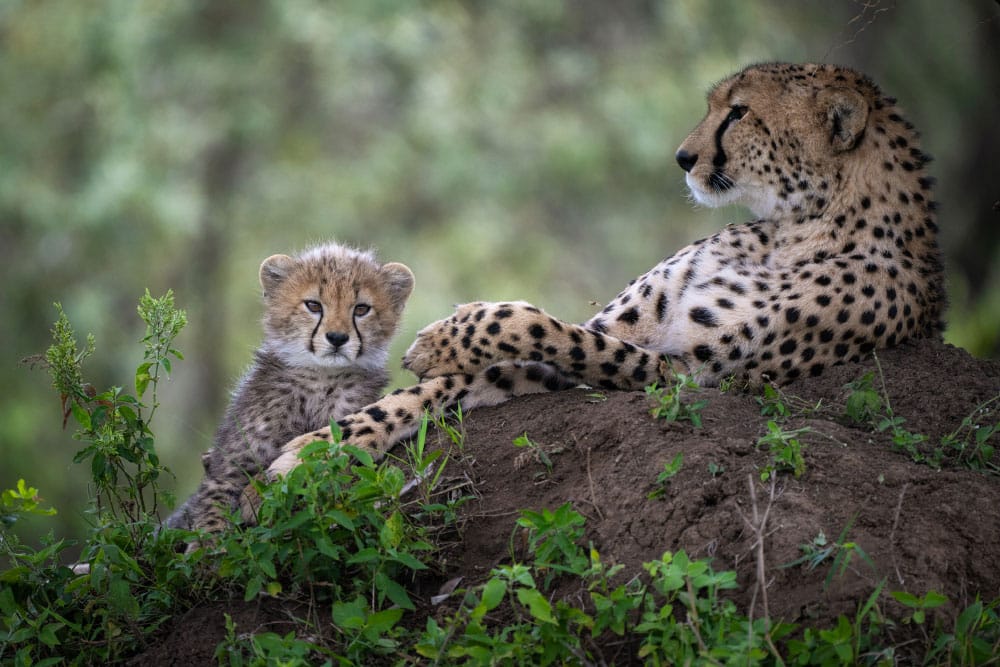
Cheetahs in Masai Mara, Kenya
Nikon Z9, 180-400mm, f/5.6, 1/1000s, ISO 360
Choose the ideal ISO value for your animal photo
We recommend using the ISO automatic, especially if you are photographing animals very quickly. Your camera then selects the appropriate ISO value itself. However, it is important that you limit the highest ISO value. This is the only way to ensure that the images do not contain (too much) noise.
The optimal upper limit depends on the type of camera and the purpose of the image. If you want to use the image “only” for social media, you can shoot with higher ISO values than if you want to print the image large.

Masai Mara, Kenya
Nikon Z6ii, Nikkor 180-400mm, f/4, 1/800s, ISO 360
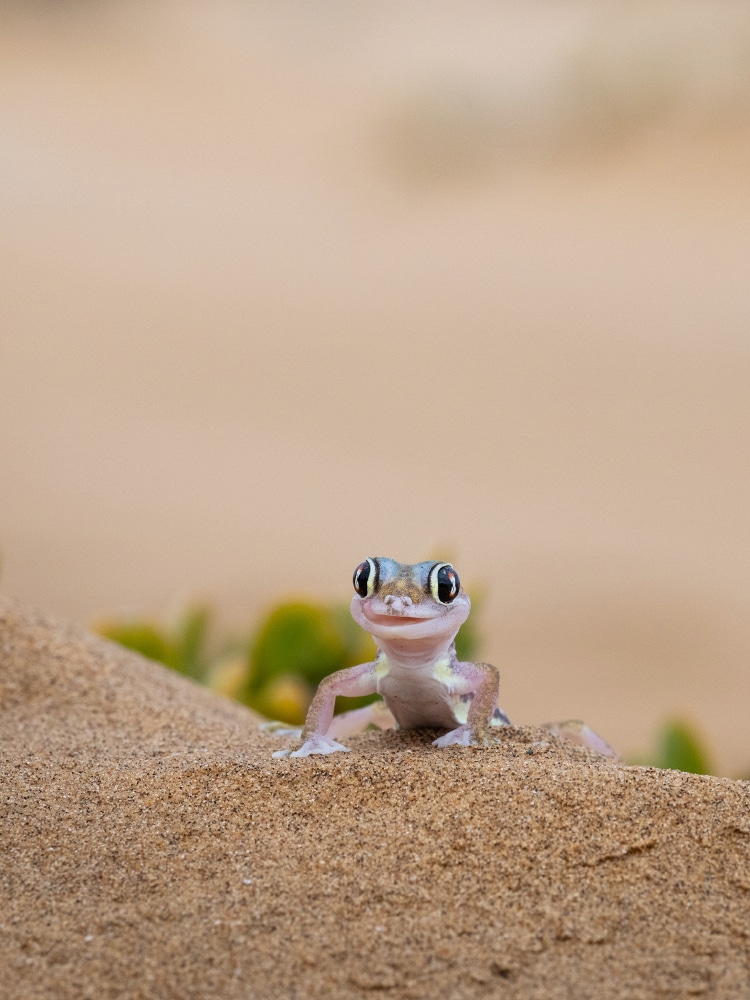
Palmato Gecko in Namib Desert
Nikon Z7ii, Nikkor 70-200mm, f/11, 1/1000s, ISO 720
Autofocus settings
When taking a picture, you can only focus on a certain area at a time. As the photographer, you decide which area to focus on. This is done either by manual focusing or with the help of the autofocus.
Autofocus options:
| Autofocus | AF-S / single autofocus / static focus | AF-C / continous focus |
|---|---|---|
| Application | Subject does not move Portraits | Moving subject |
| Setting | AF-S or One Shot | AF-C or AI Servo |
With AF point control you tell the camera which areas / points to focus on. With modern cameras the tracking functions are getting better and better, which help to take sharp pictures even with very fast moving animals.
Alternatively, we recommend using the single measuring field. We recommend multiple measuring fields only in a few situations such as flying birds photographed against the sky.
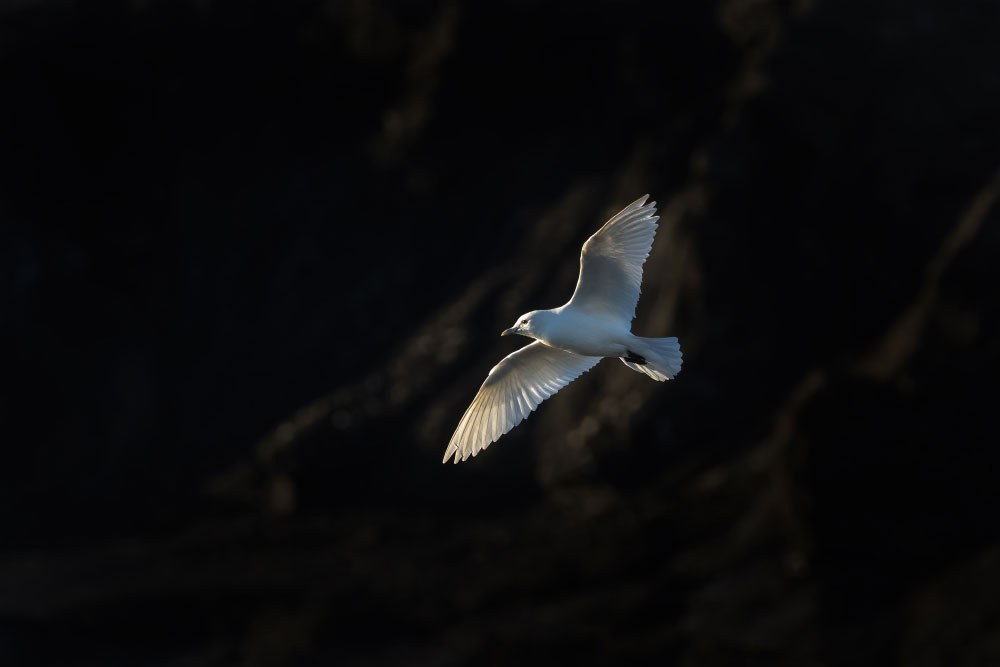
Ivory Gull in Spitsbergen
Nikon Z9, Nikkor Z 100-400mm, f/8, 1/2000s, ISO 2200
Tip: Focus on the eyes
This is one of the basic rules in wildlife photography. If the eyes are not in focus, few viewers will feel engaged by the image.
Of course, if there is eye contact with the animal, this helps to connect the viewer with the animal. However, this is not always necessary. There are many beautiful shots where the animal is looking into the distance or at another animal in the picture.
If the animal is not looking at the camera, you should make sure that it is looking toward the center of the frame and not the other way around. Also, the animal’s eyes should be clearly visible and not in shadow.
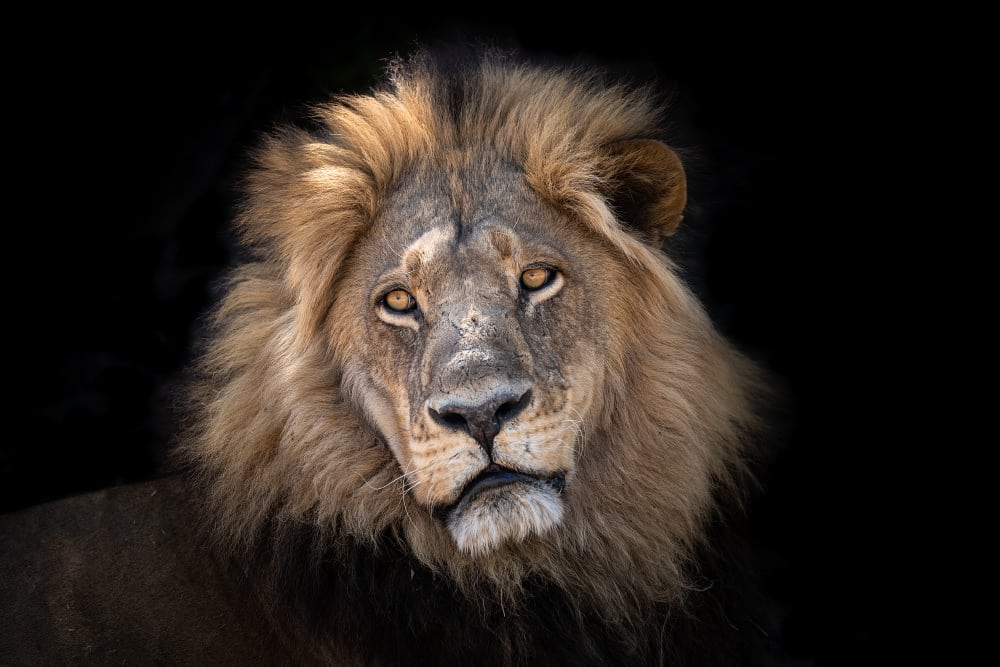
Lion in Okavango Delta, Botswana
Nikon D850, Nikkor 180-400mm, f/4, 1/1000s, ISO 400
Be patient and get to know the wildlife
Finally, we want you to know, that not only the camera settings are important in wildlife photography, but also your knowledge about the animals. Good wildlife pictures need a lot of patience.
On our photo safaris we work with the best local guides and renowned professional photographers. They know exactly how to place the safari vehicle in order to capture the perfect picture composition. They also give you a lot of important background information about the animals, so you can better anticipate their behavior and adjust your camera appropriately.
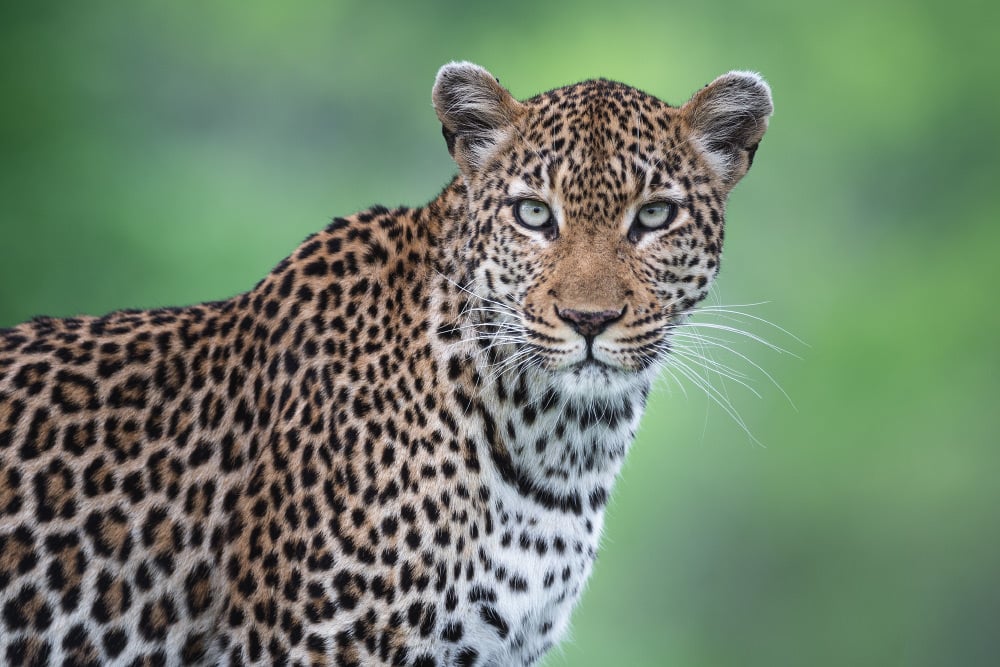
Leopard in Sabi Sand Game Reserve, South Africa
Nikon D4, Nikkor 300mm f/2.8, f/4, 1/500s, ISO 100
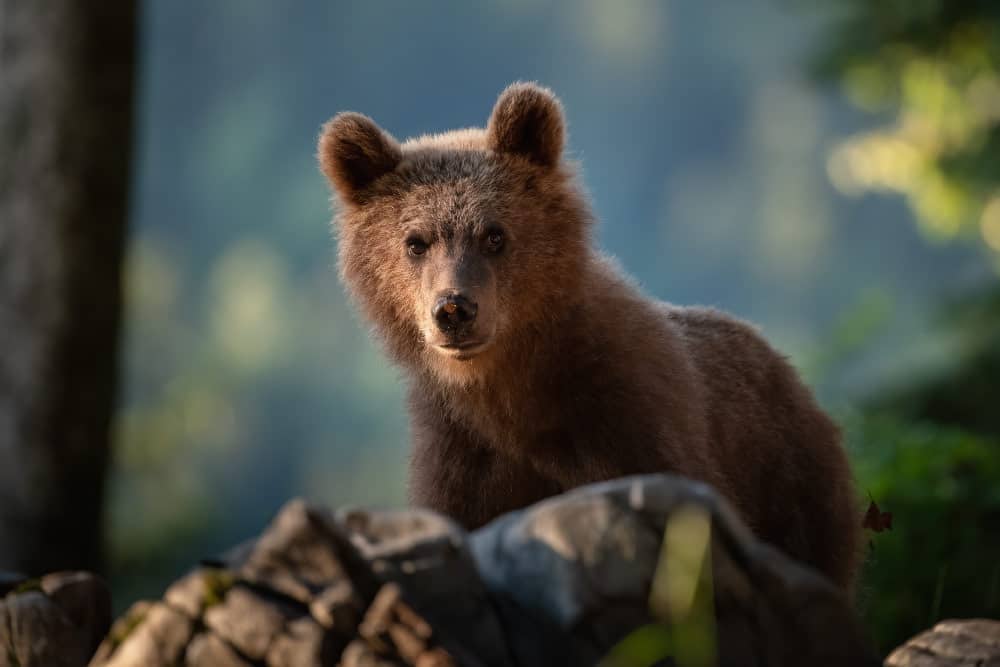
Brown Bear in Slovenia
Nikon D850, Nikkor 180-400mm, f/4, 1/800s, ISO 1400
With these tips for camera settings, you will be well prepared for wildlife photography. We hope you have fun photographing wildlife.
If you want to know more about wildlife photography, check out the following blog article:
